Sub-Saharan Africa has made big strides towards the Millennium Development Goals, and more recently the Sustainable Development Goals. Maternal mortality is a litmus test for a functioning health system because of the breadth of services required by a pregnant woman to deliver safely. According to the World Bank, since 2000, the proportion of skilled deliveries has increased from 40 to 60 percent, doctor density has doubled, current health expenditure per capita has tripled, and health insurance coverage is rising. This has all resulted in a 40 percent reduction in maternal mortality, no mean feat.
Yet 534 women in the region still die for every 100,000 births. Clearly, there are gaps. Too many Africans pay out-of-pocket for health services, sacrificing food, education, and even their homes. One must pinch themselves when they hear that more Africans die from receiving poor quality healthcare than from receiving no care at all. Free health provided by the state or supported by donor communities is no longer sustainable. Health care needs to move on from post-paid to pre-paid, embracing insurance and mobile technology, if we are to have universal health coverage by 2030.
Mobile technology enables efficient pooling of financing and scaling of insurance at a low cost as well as providing data to improve healthcare delivery and outcomes. On the supply side, the services can be tracked to ensure quality standards at affordable prices, which, in turn, increases public trust and drives demand. Information generated by electronic transactions not only means you can follow the money, but also allows healthcare providers to better understand their customers’ needs. Digital health has empowered citizens to take control of their own health, as the following examples demonstrate.

In 2015, CarePay (branded M-TIBA in Kenya), a mobile health platform that links patients, providers, and payers to ensure the financing and delivery of care, was launched. Within five years, they have connected over 4.7 million users and 3,000 healthcare providers, attracting a growing number of public and private partners, including corporate employers, the Kenyan National Hospital Insurance Fund, institutional donors, and private insurers. In Rwanda, Babyl the largest digital health service provider, has digitally connected over 2 million users, providing health services over the phone. Ada is an AI digital tool that has also been translated into Swahili for use in Kenya. It steers patients to or from healthcare services, improves the quality of early diagnosis, and drives efficiency and affordability of care. In Nigeria, MyPaddi, a sexual and reproductive health app, provides young people with access to accurate, unbiased, and youth-friendly information, while ensuring they remain anonymous. The mobile app was a finalist of the WHO Innovation Challenge in 2019 and has received support from multilateral institutions.
Digital health is also much more dynamic and versatile than traditional healthcare, a springbok running amongst a herd of wildebeests. During the Ebola outbreak of 2014 in West Africa, EpidAlert pioneered the use of social media to track and trace potential exposures to the Ebola virus. More recently, the COVID-19 pandemic has generated innovative use of mobile technologies. Telemedicine platforms, such as Doctoora and MobiHealth in Nigeria, grew their subscriber base by over 60 percent, a rate that has been largely sustained even after the lockdowns have ceased. The SafeCare4Covid app has given rural clinics, amongst others, free practical support in virus containment in the midst of the coronavirus crisis.
There are challenges, not just in Africa. Innovators have outpaced most health regulators, causing friction in the adoption of these tools. Governments must provide an enabling environment for these technological breakthroughs whilst ensuring the safety and security of their citizens, a delicate balance. And, while costs of mobile phones and network connectivity are dropping significantly, millions of Africans still do not own a phone or even know how to use one if they do. Smart phones are highly intuitive, and digital literacy should be integrated into the education system at an early age.
The COVID-19 pandemic has threatened to roll back decades of hard work on maternal mortality and other development goals in Africa and has exposed the weaknesses in our health care system, but it has also presented us with a great opportunity. As young Africans tackle these obstacles, we call on national governments, donors, private companies, individuals, and philanthropists to encourage and support them so that millions more are connected to, and financially included in, the opportunity for long and healthy lives.
Country Director, PharmAccess Foundation, Nigeria
-
Njide Ndilihttps://www.governinghealthfutures2030.org/author/nngdd-design/

